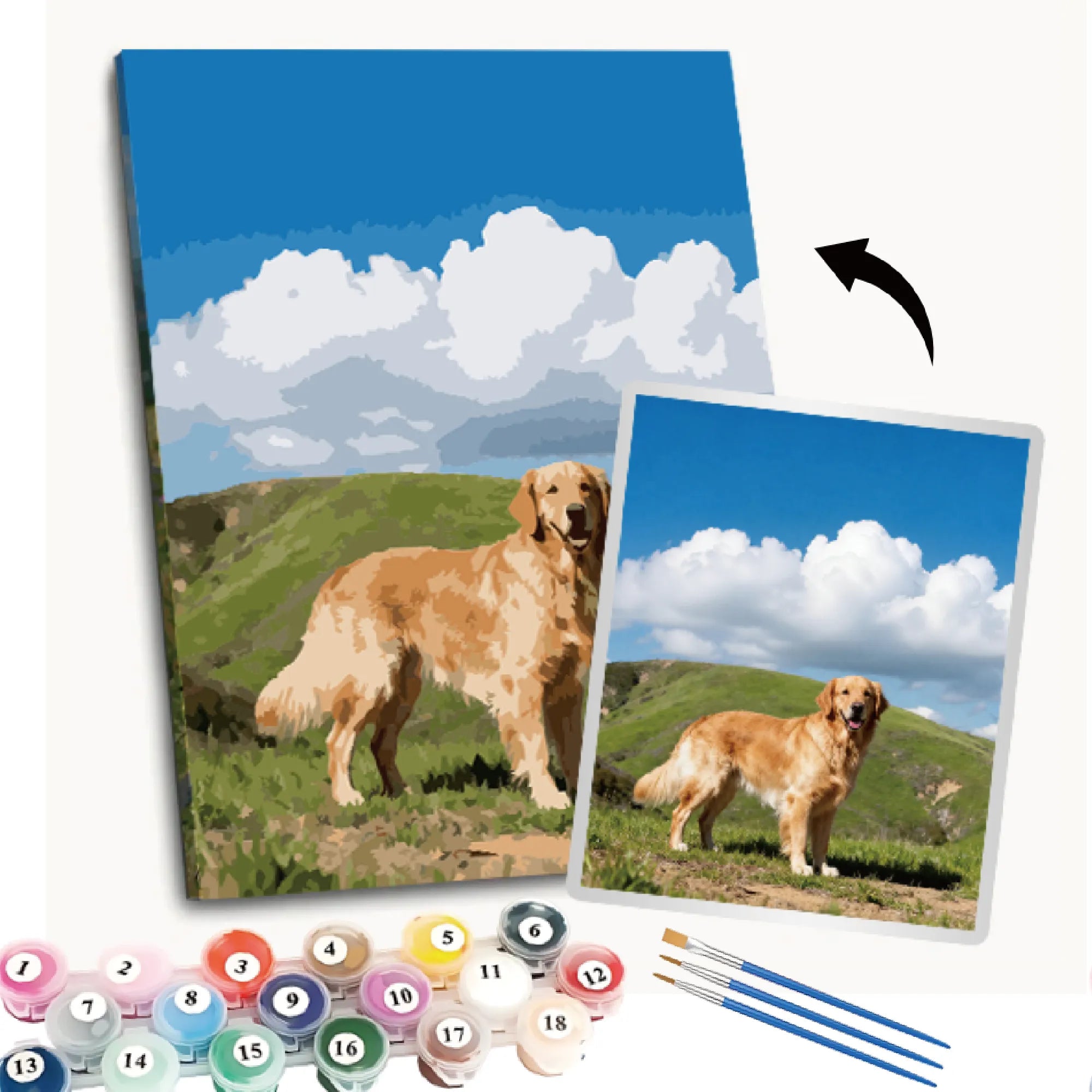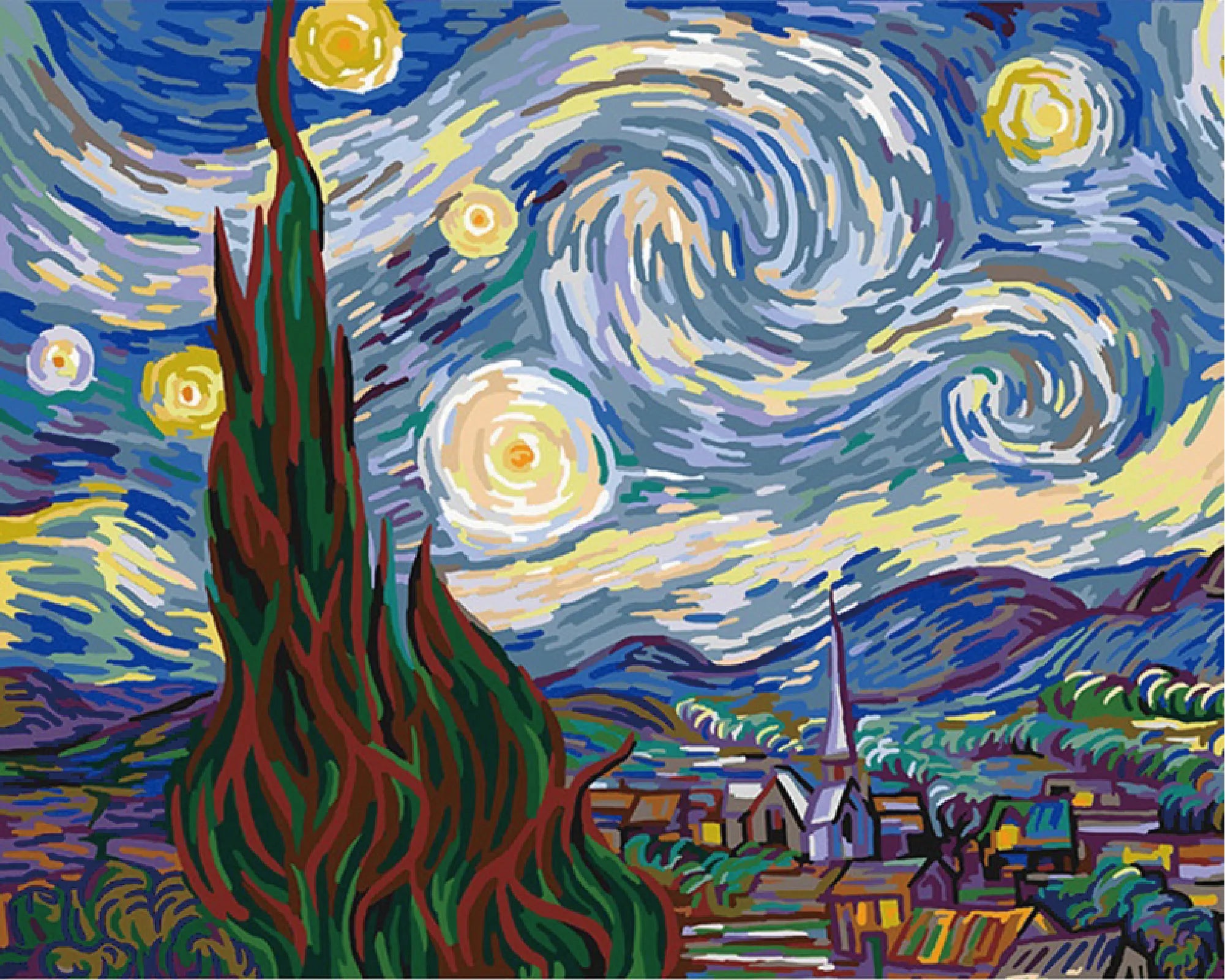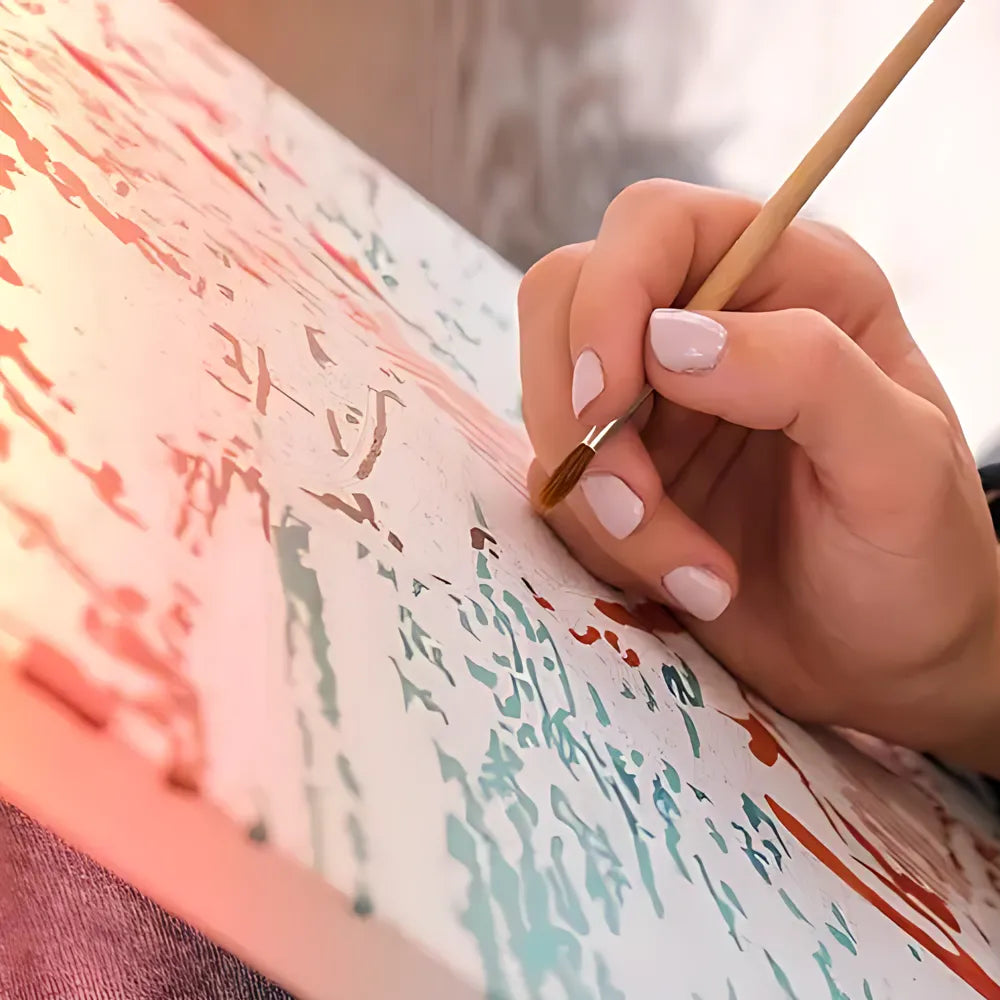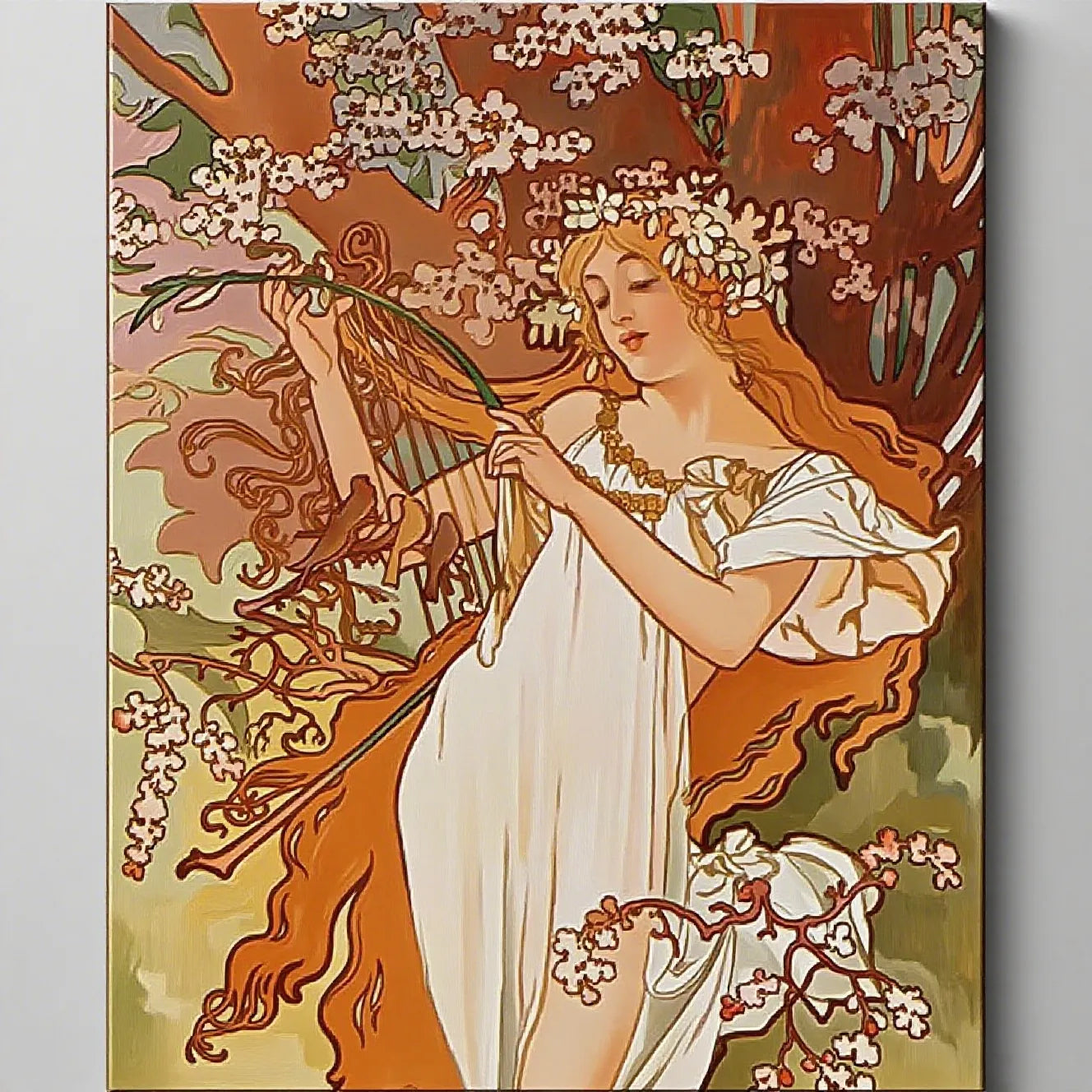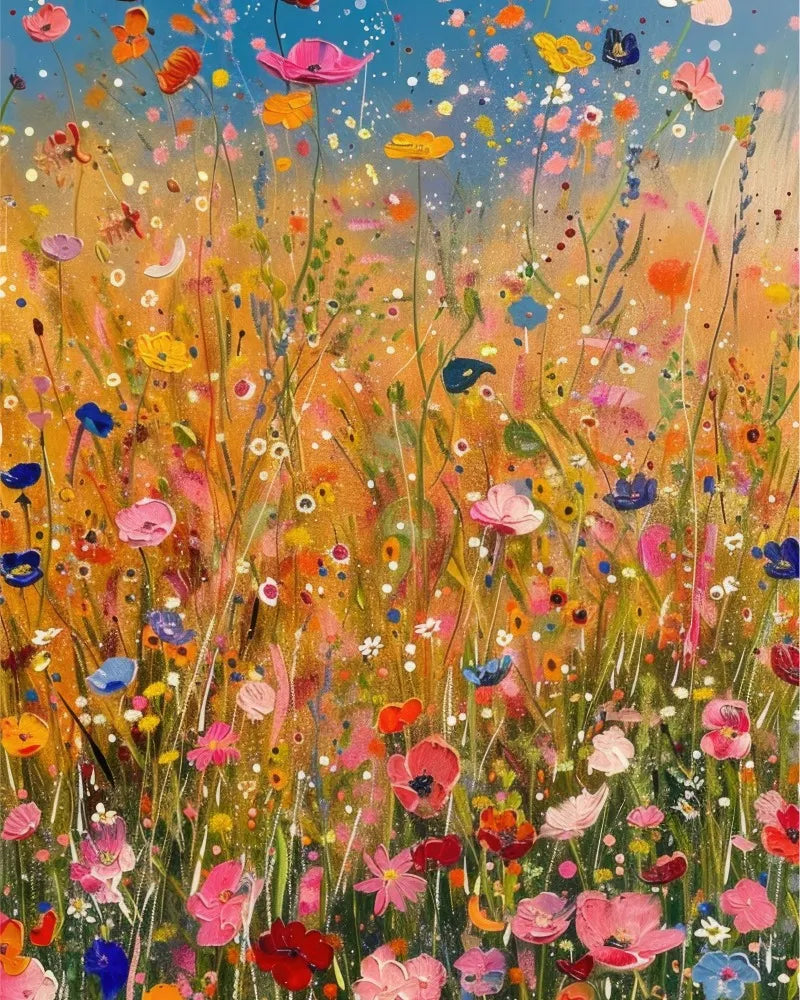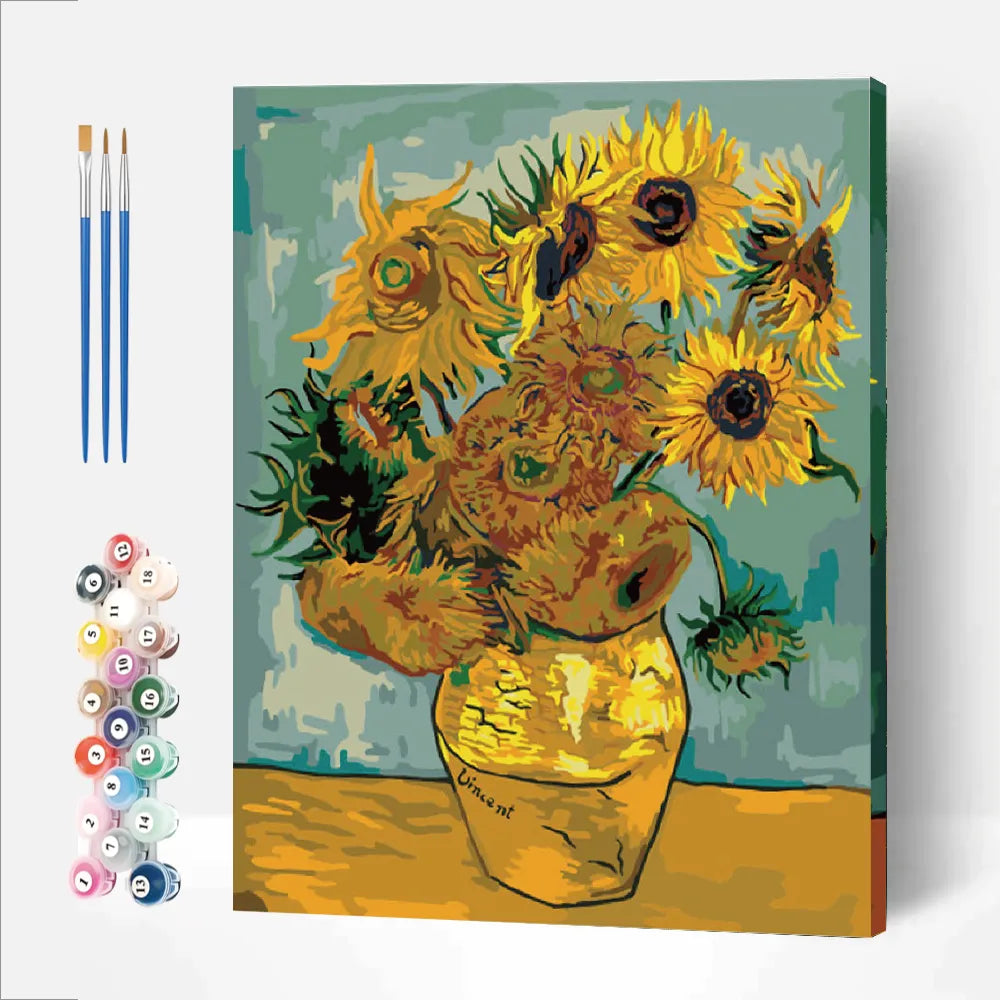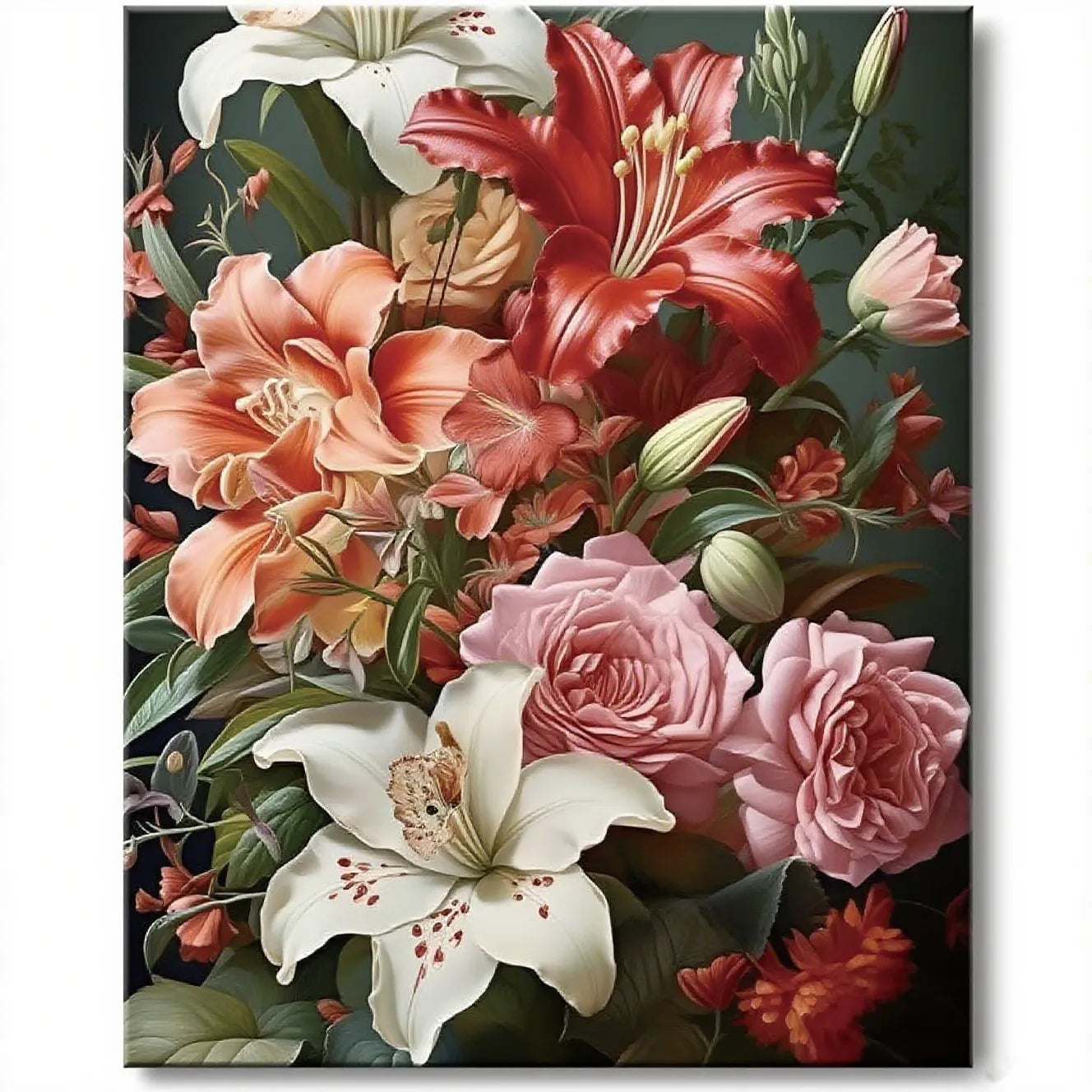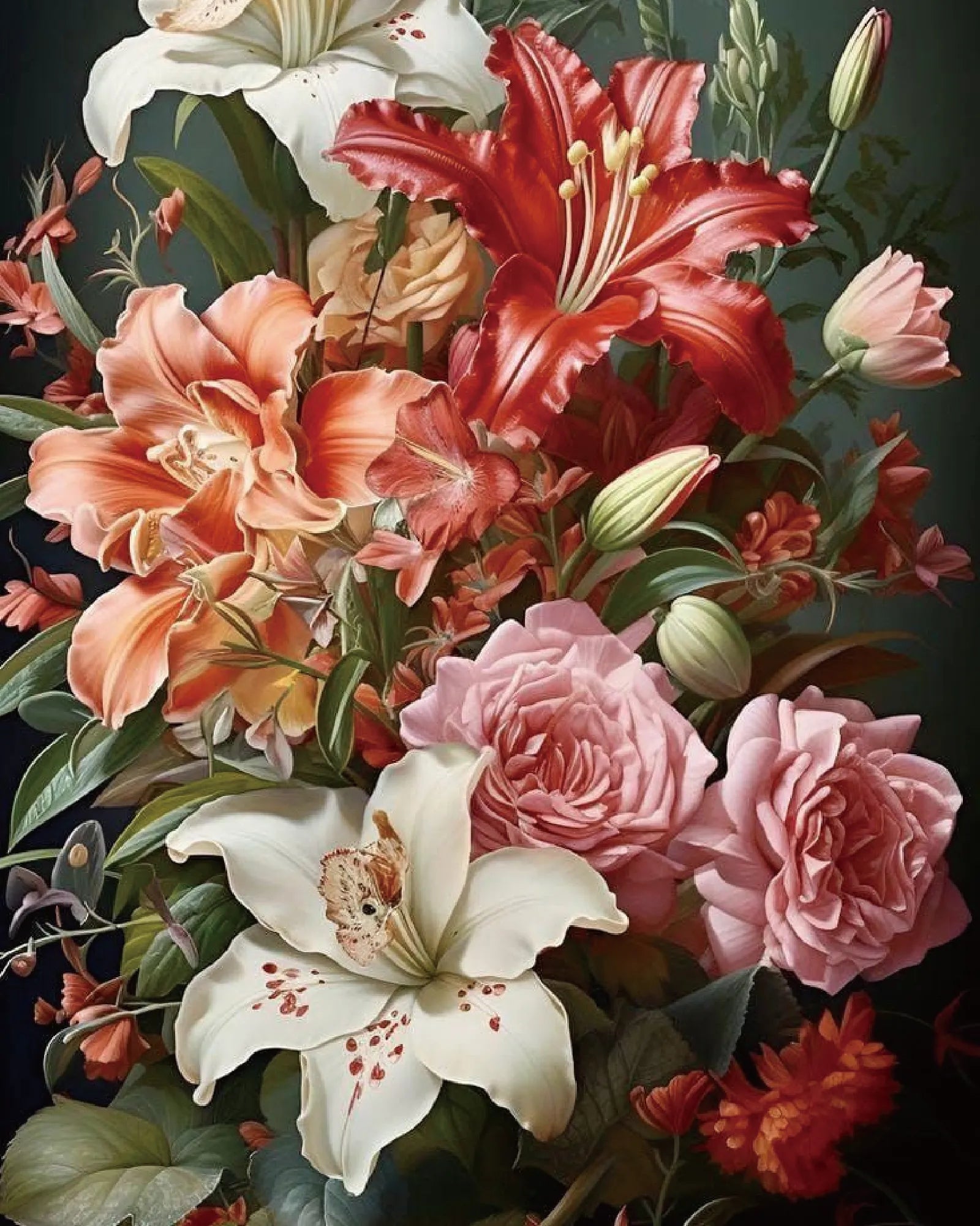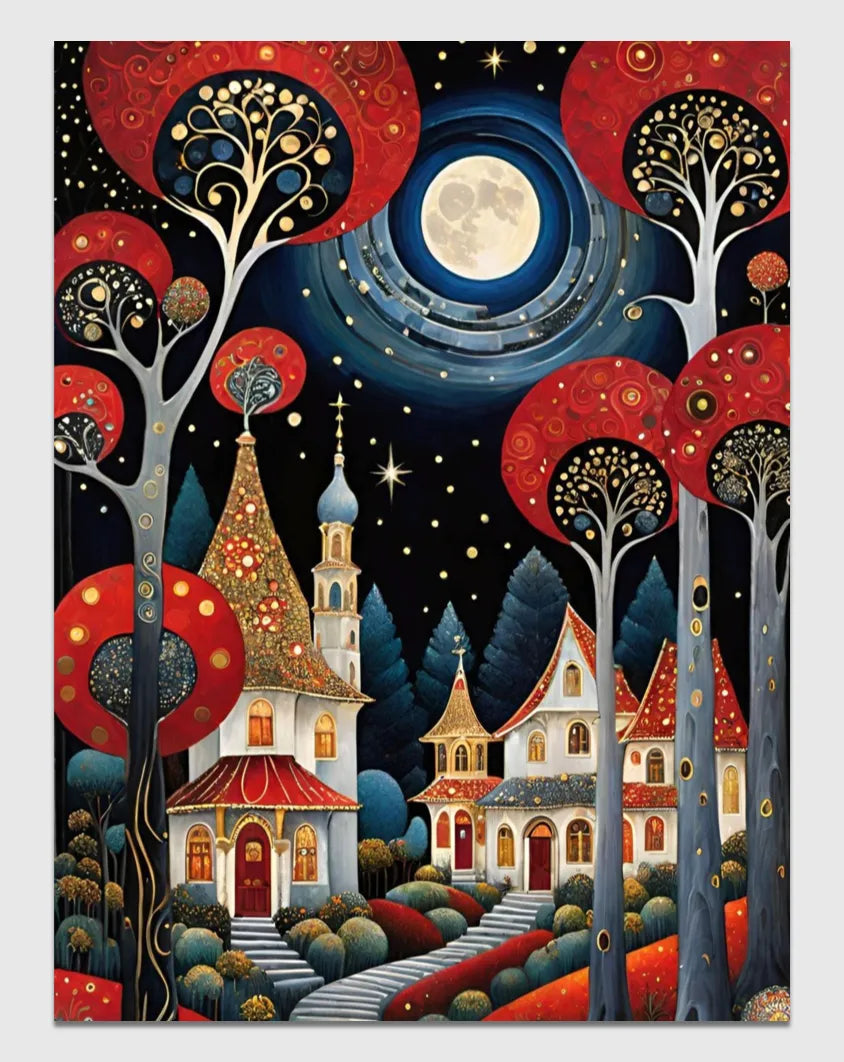Acrylic paint has long been a favorite among artists of all levels, from budding hobby painters to seasoned professionals. Known for its vibrant colors, versatility, and ease of use, it’s an excellent medium to kickstart your artistic endeavors. But what makes acrylic so special compared to other paints like oils or watercolors? If you're considering dipping your brush into acrylic painting, you’re in the right place. This guide will help you discover why acrylic paint is such a popular choice, exploring its flexibility, quick-drying capabilities, blending potential, and even the fascinating science behind it.
Acrylic Paint’s Impressive Versatility
One of the standout reasons acrylic paint is so beloved is its incredible versatility. Acrylics can be used on nearly any surface, giving artists creative freedom that other mediums may not offer.
Surfaces You Can Paint On
- Canvas: Acrylics and canvas are like peanut butter and jelly. The texture of a primed canvas works beautifully with acrylics, allowing smooth application, it is commonly seen on paint by numbers.
- Paper: Special acrylic painting paper is readily available and is great for sketching ideas or creating smaller art pieces.
- Wood: Whether you're painting furniture, plaques, or craft projects, acrylic paint adheres wonderfully to wood surfaces.
- Glass & Plastic: With the right preparation, such as using an acrylic medium or primer, these otherwise tricky surfaces can turn into stunning painted pieces.
- Fabric: Textile mediums can turn your acrylic paints into fabric paints, making them a perfect option for wearable art.

This adaptability means you don’t need fancy equipment. Almost anything can become a canvas for your creativity.
Quick-Drying for Fast Results
If you’ve worked with oil paints before, you’ve probably experienced the frustration of waiting days (or weeks) for your work to dry. Acrylic paint ensures you won’t have to deal with that kind of delay.
Why Quick Drying Matters
- Faster Workflow: Acrylic’s quick-drying nature allows you to finish projects faster. You can go from inspiration to completion in a single sitting.
- Layering Possibilities: Because acrylics dry quickly, they’re ideal for layering. Once a layer is dry, you can paint over it without worrying about smudges.
- Minimal Setup: You don’t need specialized equipment like drying racks or solvent stations, making acrylics a convenient medium for those with limited workspace.
While beginners may initially find the fast drying process a bit overwhelming, this feature becomes a huge advantage once you get the hang of it.
Mastering Blending and Layering
Acrylic paint opens up a world of possibilities when it comes to blending and layering, two crucial techniques for bringing depth to your artwork.
Tips for Blending Acrylic Paint
Blending is when you merge colors seamlessly, whether to create gradients, texture, or shadow effects. Since acrylics dry quickly, timing is essential.
- Work Quickly: Speed is key. Use smooth, sweeping strokes to blend before the paint sets.
- Use a Retarder Medium: Mix-in mediums like acrylic painting retarders to slow drying for easier blending.
- Keep Brushes Damp: Maintaining a slightly wet brush can help improve the blending process.
Tips for Layering Acrylic Paint
Layering involves painting one layer over another to add complexity and depth to your work. Acrylic excels here due to its opacity.

- Allow Each Layer to Dry: Make sure the base layer is completely dry before adding more paint to prevent accidental mixing.
- Build Up Gradually: Start with thinner layers and gradually add thicker ones for enhanced texture and boldness in your work.
- Experiment: Test how layering affects opacity, gradients, or mixed colors. You’ll find new ways to build your compositions.
These techniques also lend themselves well to various styles, whether you’re working on abstract art, landscapes, or detailed portraits.
The Science Behind Acrylic Paint
Acrylic paint isn’t just artistically magical; its composition is scientifically unique as well. Understanding how it works can help you better control its application.
What Makes Acrylics Unique?
Acrylic paint is made from pigment suspended in an acrylic polymer emulsion. Here’s why this matters:
- Water-Soluble: Acrylic paint is water-based, which means it’s easy to dilute for lighter, more translucent effects. It’s also easier to clean with just soap and water compared to oil paints.
- Durability: Once dry, the paint forms a long-lasting, flexible film that resists cracks and fading. This is why acrylics are often used for outdoor murals and craft projects.
- Adjustable Texture: Additives like modeling paste or gels can change the thickness of your paint, giving it almost sculptural qualities.
Chemical Properties
One exciting aspect about acrylic paint is its ability to naturally self-level. This means minor imperfections get smoothed out as the paint dries, leaving behind a professional-looking finish. Bonus fact? The polymer emulsion binds pigments so effectively that acrylic paintings retain their vibrancy for years to come.
Why Acrylic is the Perfect Paint for You
After exploring the features and benefits of acrylic paint, it’s clear why it’s a fantastic choice for beginner artists, art students, and hobby painters alike.
- Its versatility makes it compatible with almost any surface, and it’s easy to experiment with.
- The quick-drying aspect ensures you can complete projects efficiently.
- Techniques like blending and layering become accessible, even for beginners.
- The durable and easy-to-use formulation makes acrylic paint reliable for any kind of artistic endeavor.
Whether you’re picking up a brush for the first time or refining your technique, acrylic paint gives you the tools to express your creativity with confidence.
Start Your Acrylic Painting Journey Today
Now that you know why acrylic is an incredible medium for painting, it’s time to try it for yourself. Whether you’re experimenting with blending, layering, or painting on wood, the possibilities are endless. Get a beginner-friendly paint set, grab a few brushes, and bring your ideas to life.If you’re looking for more tips or inspiration, check out our beginner painting guides or join our community of artists who are just as passionate about acrylics as you are! Happy painting!


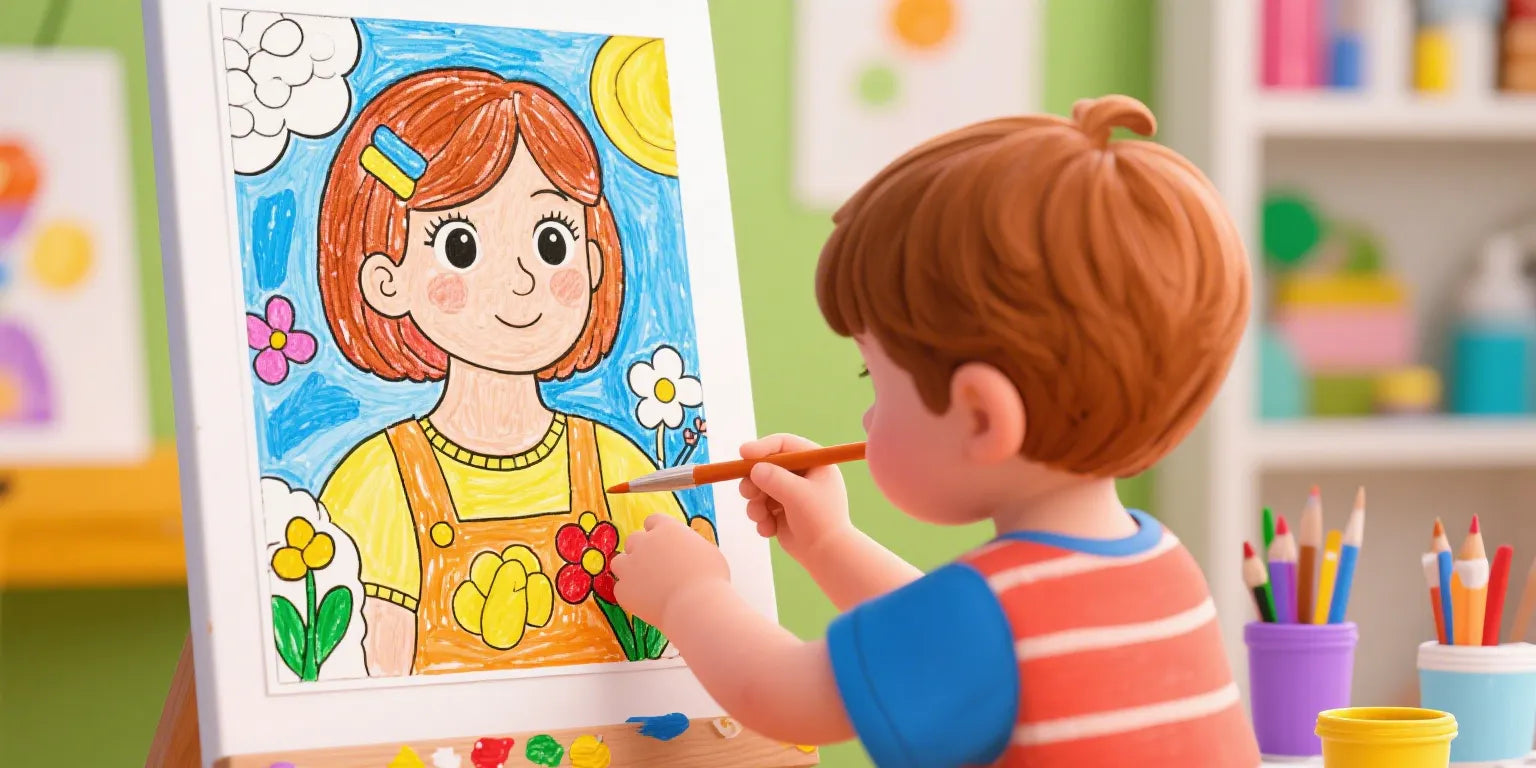
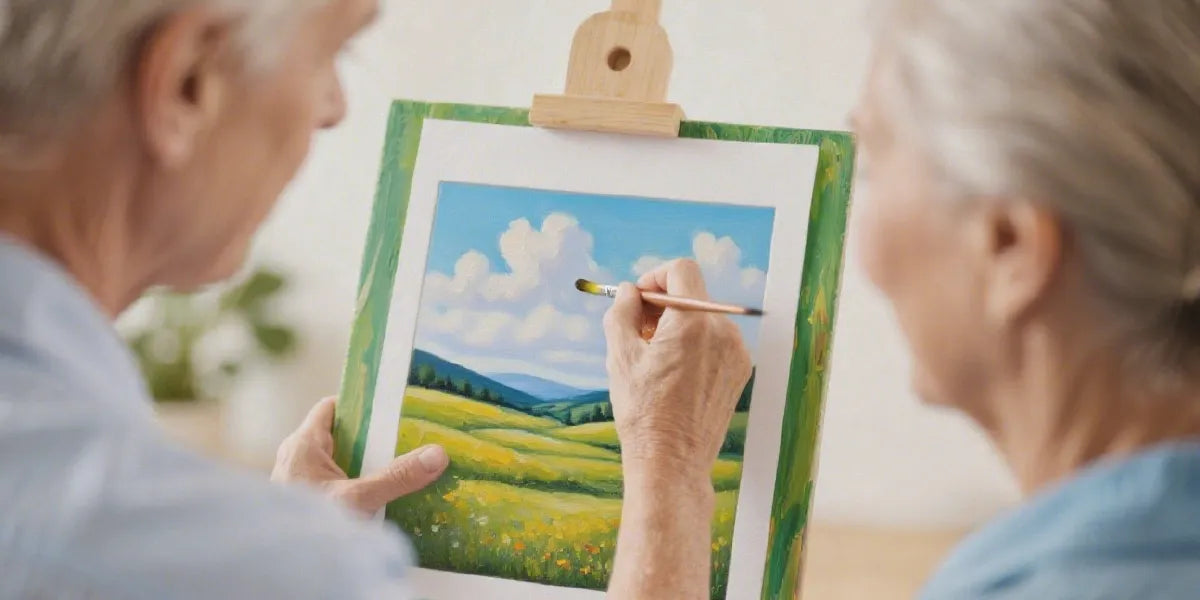
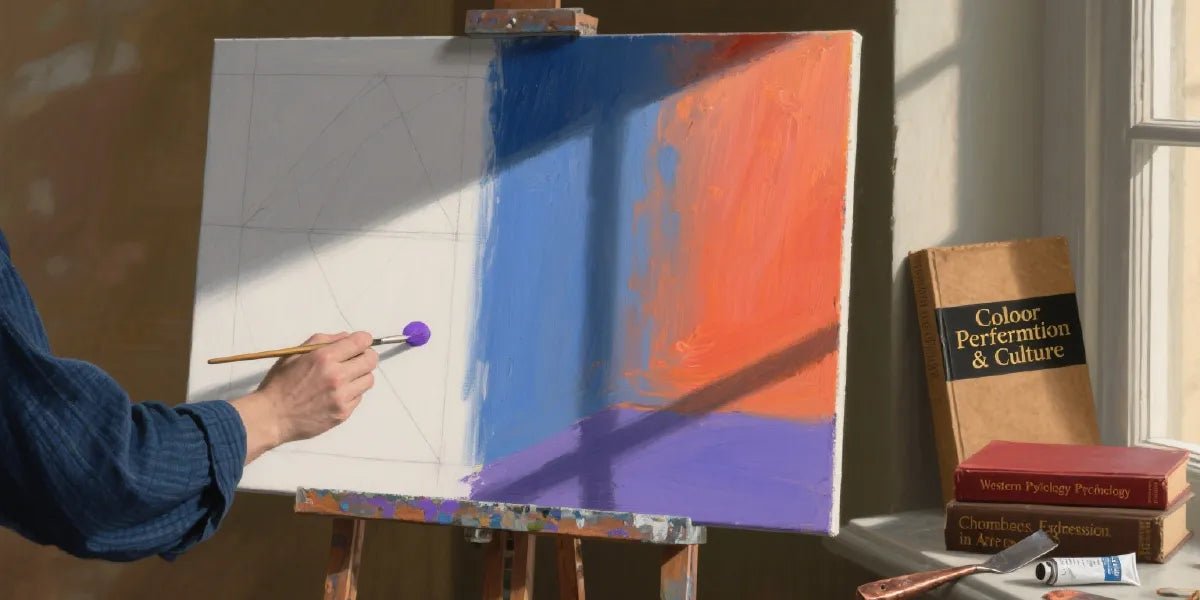
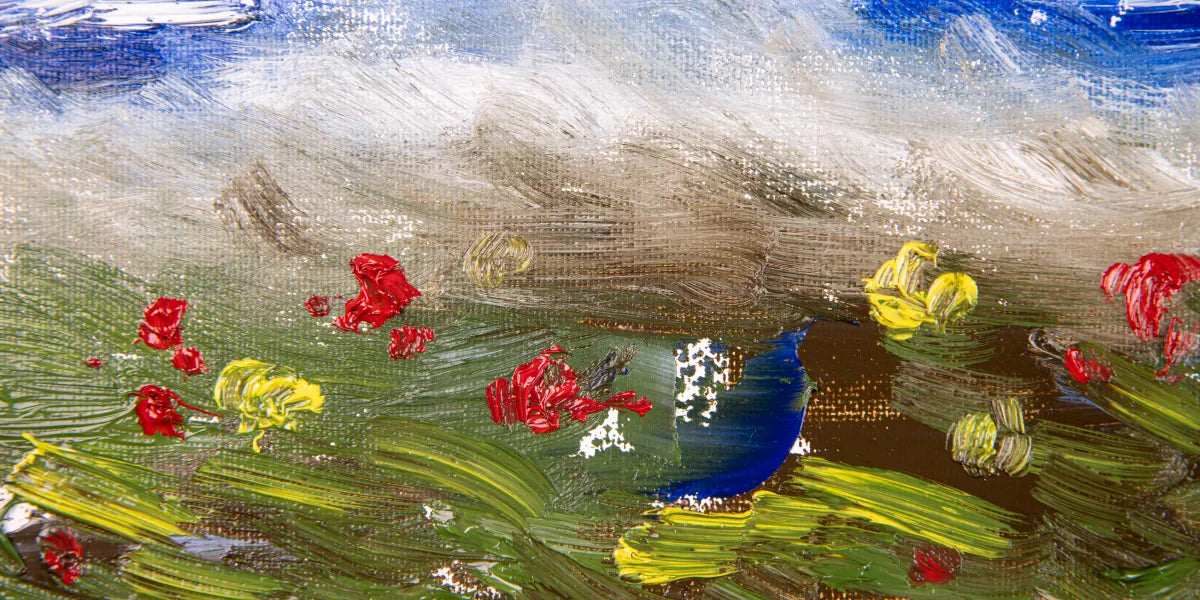
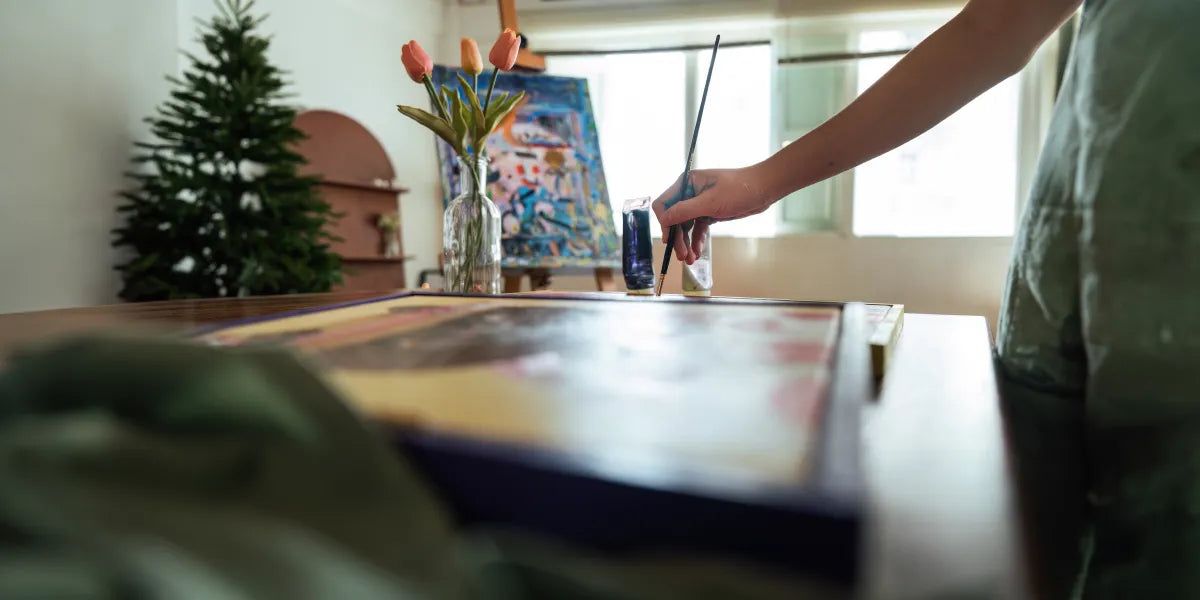

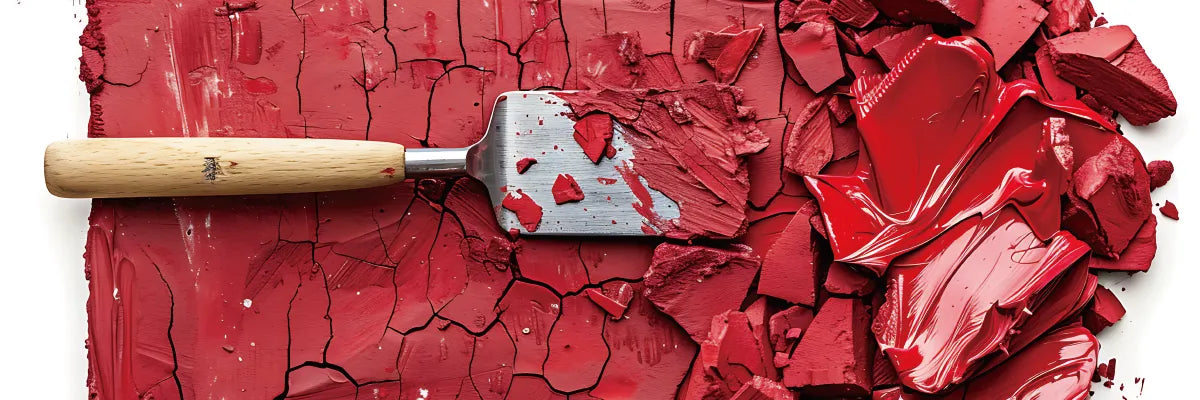
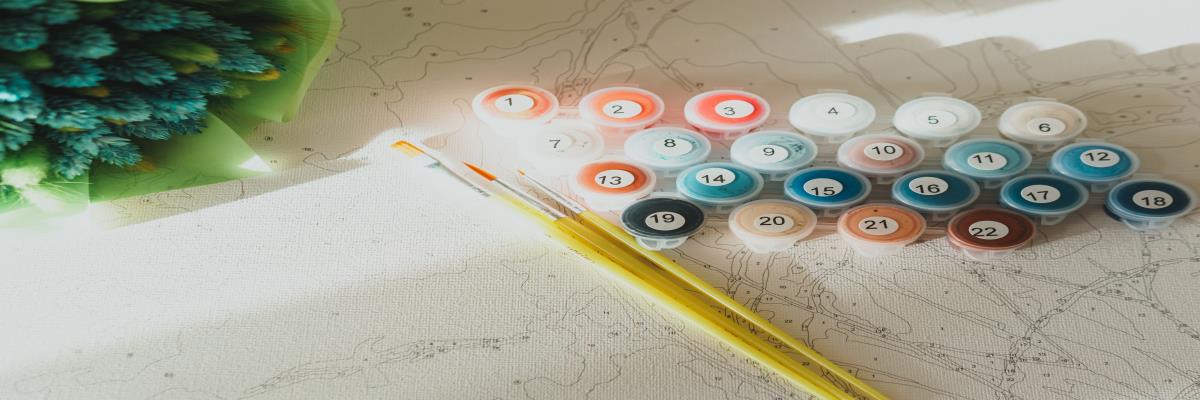



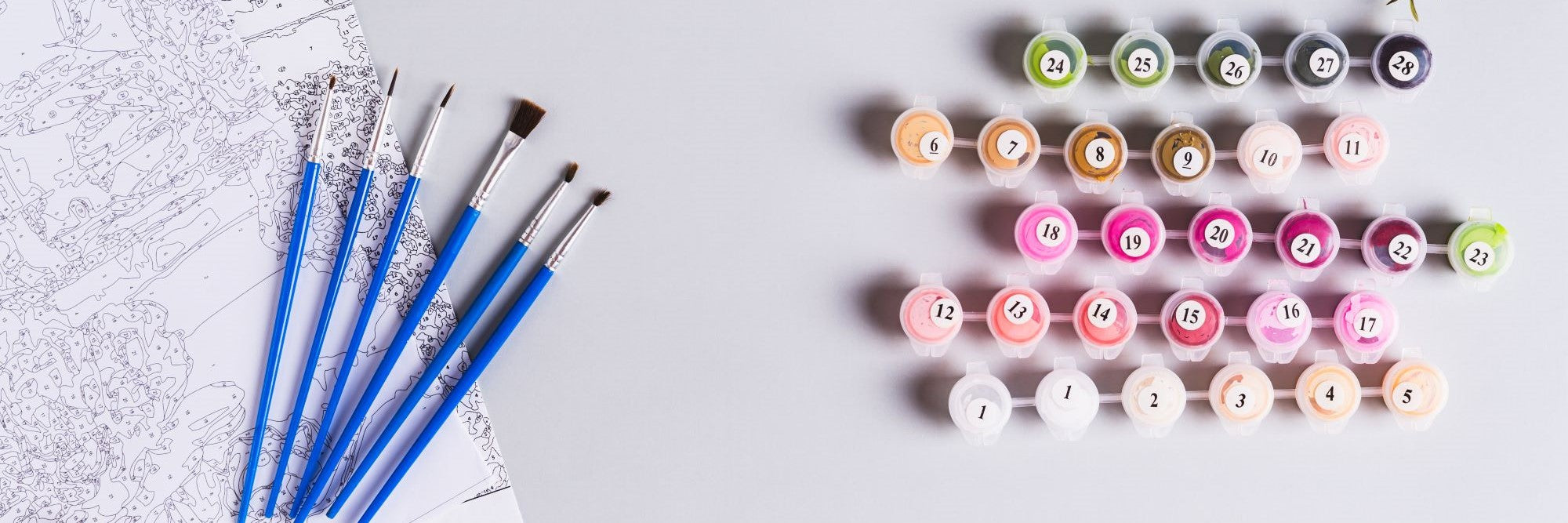

 https://1001canvas.com/blogs
https://1001canvas.com/blogs
